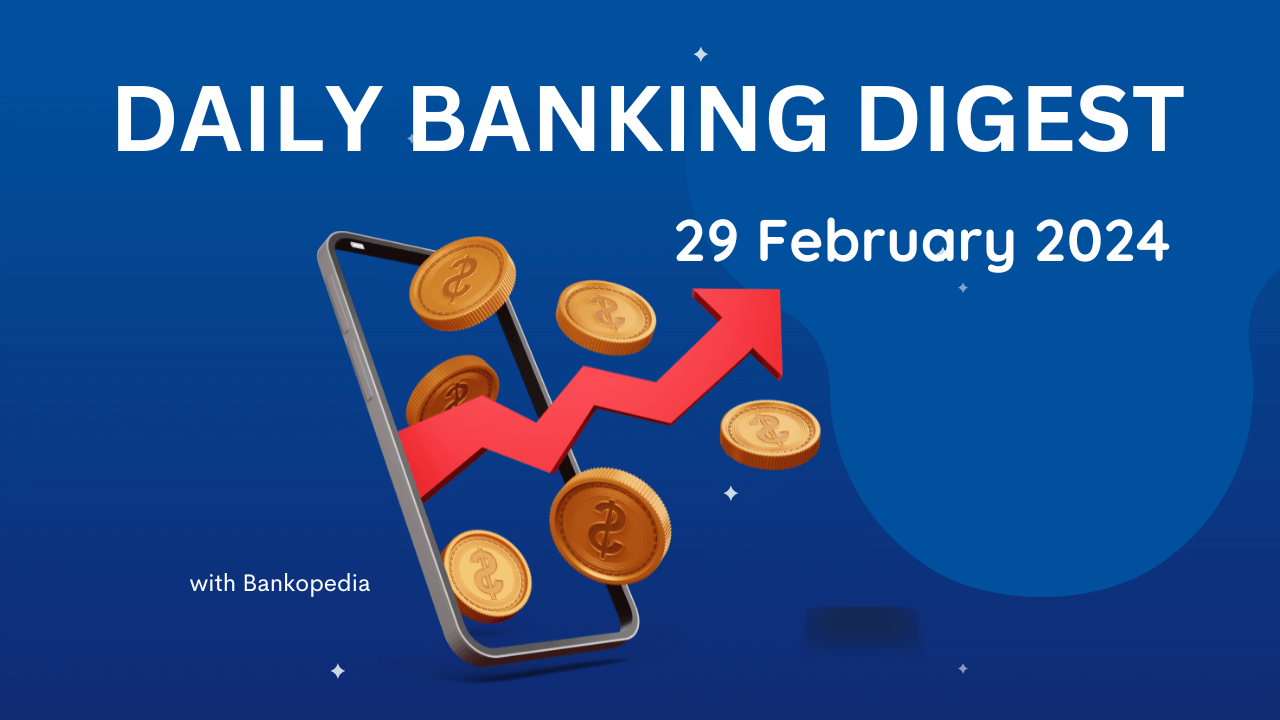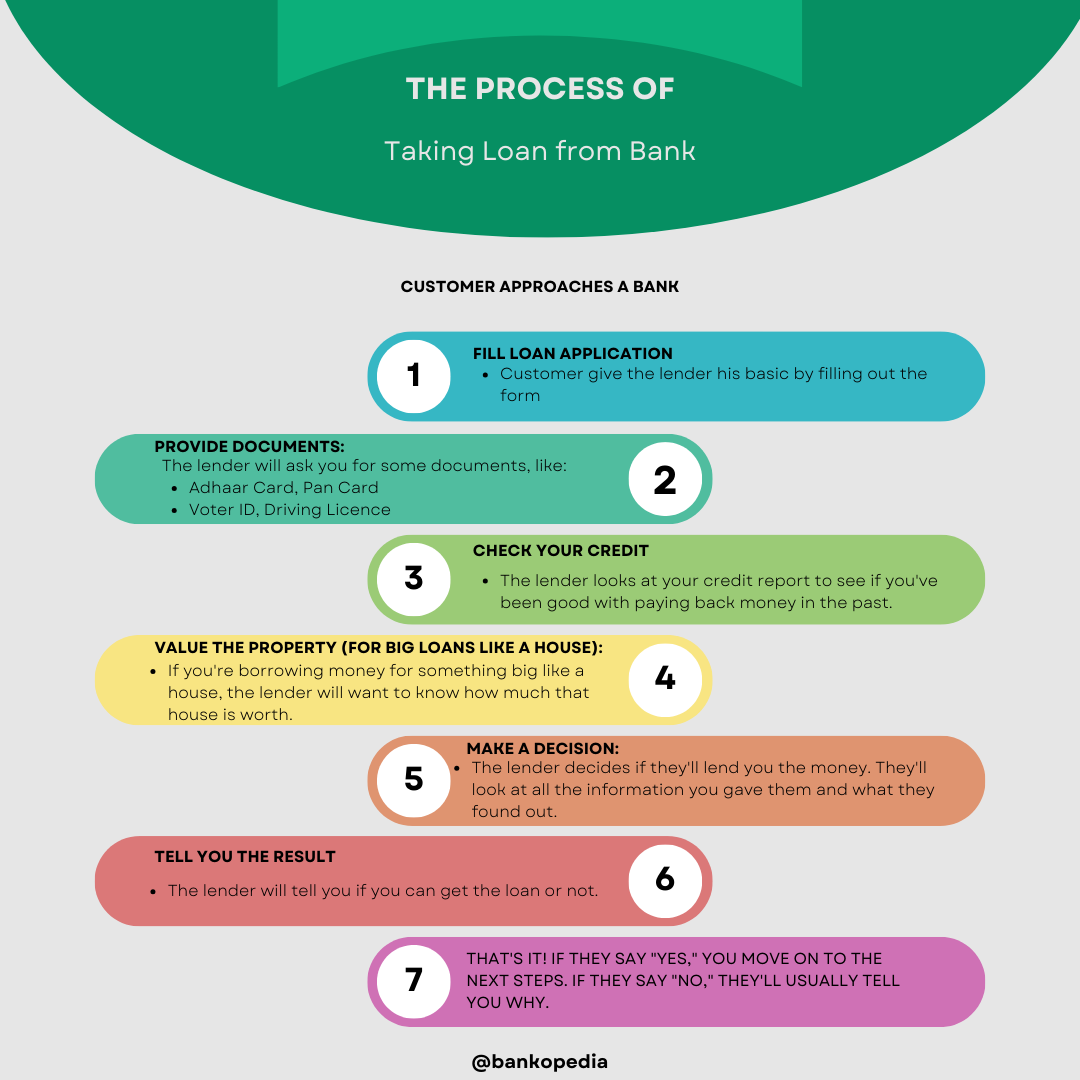Table of Contents
Banking is an integral part of our financial lives, and the banker customer relationship is the foundation of the banking system. This relationship is built on trust, mutual understanding, and a contractual agreement. In this comprehensive guide, we will explore the various aspects of the banker customer relationship, including its definition, classification, termination, and special considerations. So, let’s dive in!

Definition of Banking
Banking, as defined by the Banking Regulations Act 1949, is the acceptance of deposits of money from the public, repayable on demand or otherwise, and withdrawable by cheque, draft, or other means. It is a licensed financial institution that provides services such as accepting deposits, lending money, and facilitating financial transactions.
Join our Telegram Channel for Daily PDF in your Inbox – Click Here
Definition of Customer
A bank customer is a person or entity that maintains an account and/or has a business relationship with the bank. The customer may be an individual, a company, or any other legal entity. The account relationship is a contractual agreement between the bank and the customer, which forms the basis of the banker customer relationship.
General banker customer relationship
The general relationship between a banker and a customer encompasses the activities of depositing and lending money. It can be classified into various sub-relationships based on the nature of the transaction. Let’s explore these sub-relationships in detail:
Debtor and Creditor Relationship
When a customer opens an account with a bank, they enter into a debtor and creditor relationship. By depositing money into their account, the customer becomes a creditor as they are lending their money to the bank. The bank, in turn, becomes a debtor and owes the customer the amount deposited. The bank can utilize the deposited funds as per its discretion, and the customer can withdraw the funds on demand.
On the other hand, when a customer borrows money from the bank, they become a debtor, and the bank becomes a creditor. In this scenario, the bank lends money to the customer, and the customer is obligated to repay the loan in accordance with the agreed terms and conditions.
Trustee and Beneficiary Relationship
In certain situations, the bank acts as a trustee for its customers. When a customer entrusts valuable items or assets to the bank for safekeeping, the bank assumes the role of a trustee, and the customer becomes the beneficiary. This relationship is based on trust, and the bank is responsible for safeguarding the entrusted items and returning them to the customer upon request.
Principal and Agent Relationship
Banks often act as agents for their customers, carrying out various financial transactions on their behalf. In this principal and agent relationship, the customer is the principal, and the bank is the agent. The bank performs tasks such as bill payments, fund transfers, and other financial transactions as instructed by the customer. The bank charges fees for these services, and the customer relies on the bank’s expertise and trustworthiness.
Lessor and Lessee Relationship
When a bank provides safe deposit lockers to its customers, it assumes the role of a lesser, and the customer becomes the lessee. The bank leases its immovable property, i.e., the safe deposit locker, to the customer for a specified period. The customer pays rent for the locker, and the bank is responsible for maintaining the security and integrity of the locker.
Pledger and Pledgee Relationship
In situations where a customer pledges assets or securities as collateral for a loan, the bank acts as a pledgee, and the customer becomes the pledger. The customer pledges their assets to secure the loan, and the bank holds the assets as collateral. If the customer defaults on the loan, the bank has the right to take possession of and sell the pledged assets to recover the outstanding amount.
Bailor and Bailee Relationship
In certain instances, the bank acts as a bailee, and the customer becomes the bailor. This relationship arises when the customer entrusts their goods or valuables to the bank for safekeeping. The bank has a duty to exercise reasonable care in protecting and preserving the goods, and the customer retains ownership of the entrusted items.
Advisor and Client Relationship
Banks often provide advisory services to their customers regarding investments, financial planning, and other related matters. In this advisor and client relationship, the bank acts as an advisor, offering guidance and recommendations based on the customer’s financial goals and risk tolerance. The customer relies on the bank’s expertise to make informed decisions regarding their finances.
Mortgagor and Mortgagee Relationship
When a customer borrows money from the bank and provides immovable property as security, the bank assumes the role of a mortgagee, and the customer becomes the mortgagor. The customer mortgages their property to secure the loan, and the bank holds a legal interest in the property until the loan is repaid.
Hypothecator and Hypothecatee Relationship
In certain financing arrangements, the customer hypothecates movable or immovable property as security for a loan. The bank becomes the hypothecatee, and the customer becomes the hypothecator. The bank has a right to possess and sell the hypothecated property in case of default by the customer.
Special banker customer relationship
In addition to the general relationships, there are certain special considerations and obligations that arise in the banker and customer relationship. Let’s explore these special aspects:
Maintaining Records
Banks are required to maintain accurate records of their customers’ accounts and transactions. This includes keeping track of account balances, transaction history, and other relevant information. The customer has the right to access their account records and seek clarification on any discrepancies or concerns.
Maintaining Confidentiality
Banks are bound by strict confidentiality obligations to protect the privacy and confidentiality of customer information. They are required to maintain the confidentiality of customer accounts, transactions, and other sensitive information. The bank cannot disclose customer information to third parties without the customer’s consent, except as required by law or regulatory authorities.
Obligation to Honor Cheques
When a customer issues a cheque to another party, the bank has an obligation to honor the cheque, provided there are sufficient funds in the customer’s account. The bank is responsible for processing and clearing the cheque in a timely manner, ensuring that the payment is made to the intended recipient.
Termination of banker customer relationship
The banker customer relationship can be terminated under various circumstances. Let’s explore some common scenarios:
Liquidation of the Company
If a customer is a company and undergoes liquidation or insolvency proceedings, the relationship between the bank and the customer may be terminated. In such cases, the bank may close the customer’s accounts and take necessary actions to recover any outstanding debts.
Death or Lunacy of a Customer
In the event of the death or lunacy of a customer, the banker customer relationship is terminated. The bank may require appropriate legal documentation and procedures to close the customer’s accounts and handle any outstanding matters.
Completion of Contract
When the terms of the contractual agreement between the bank and the customer are fulfilled, such as the repayment of a loan or the expiration of a fixed-term deposit, the relationship may be terminated. The bank may close the relevant accounts or modify the terms of the relationship based on the customer’s requirements.
Closing the Account after Bank Notice
The bank has the right to close a customer’s account after providing sufficient notice. This may occur if the customer fails to comply with the bank’s policies, breaches the terms of the contractual agreement, or engages in fraudulent activities.
Voluntary Closure of Account
Customers have the right to voluntarily close their accounts with the bank. They may choose to do so for various reasons, such as moving to a different bank, financial restructuring, or personal preferences. The bank is required to facilitate the closure process and provide any necessary documentation or assistance.
Involuntary Closure of Account
In certain circumstances, the bank may involuntarily close a customer’s account. This may occur if the customer poses a risk to the bank’s operations, engages in illegal activities, or fails to comply with legal or regulatory requirements. The bank is obligated to follow due process and provide appropriate notice to the customer.
Termination by the Bank due to Risk Assessment
Banks conduct risk assessments to evaluate the creditworthiness and risk profile of their customers. If a customer is deemed to be high-risk or poses a threat to the bank’s financial stability, the bank may terminate the relationship. This decision is often based on factors such as the customer’s credit history, financial performance, and compliance with regulatory requirements.
Non-compliance with KYC or AML Regulations
Banks are subject to Know Your Customer (KYC) and Anti-Money Laundering (AML) regulations. If a customer fails to comply with these regulations or provides false or misleading information, the bank may terminate the relationship. Compliance with KYC and AML requirements is essential for maintaining the integrity of the banking system and preventing illicit activities.
Bankruptcy or Insolvency of the Customer
If a customer files for bankruptcy or becomes insolvent, the banker customer relationship may be terminated. The bank may take necessary actions to recover any outstanding debts and handle the customer’s accounts in accordance with applicable laws and regulations.
Merger or Acquisition of the Bank
In the event of a merger or acquisition involving the bank, the banker customer relationship may undergo changes. The customer may be informed about any modifications to the terms of the relationship and provided with options to continue banking services with the new entity or transition to another bank.
Banker customer relationship in a table
| Type of Transaction | Bank | Customer |
|---|---|---|
| Deposit Accounts, Cash Credit with Credit Balance | Debtor | Creditor |
| Overdraft, Cash Credit, Loan Account with (Debit Balance) | Creditor | Debtor |
| Collection of Cheques | Agent | Principal |
| Sale or Purchase of Securities | Agent | Principal |
| Issuing or Purchase of Draft by Purchaser | Debtor | Creditor |
| Payee of Drafts at Paying Branch | Trustee | Beneficiary |
| Mail Transfers, Telegraphic Transfer | Agent | Principal |
| Complying with Standing Instruction | Agent | Principal |
| Providing various services to Non Account holders | Agent | Principal |
| Cheque Deposited Pending instruction for disposal thereof | Trustee | Benefeciary |
| Safe Custody of Articles | Bailee | Bailor |
| Leasing of Locker | Lessor | Lessee |
| Mortgage of Immovable Property | Mortgagee | Mortgager |
| Pledge of Securities/Shares | Pledge | Pledgee |
| Hypothecation of Securities | Hypothecatee | Hypothecator |
| Sale or Purchase of Shares Etc | Agent | Principal |
| Maintaining Currency Chest | Agent | Principal-RBI |
| A wrong Credit given by the bank where the amount has not so far been recovered | Beneficiary | Trustee |
Conclusion
The relationship between a banker and a customer is multifaceted and dynamic. It is based on trust, contractual agreements, and the provision of various financial services. The relationship can be classified into general and special relationships, each with its own rights, obligations, and considerations. Understanding the different aspects of the banker customer relationship is essential for both parties to navigate the banking landscape effectively and maintain a mutually beneficial partnership.











1 thought on “Types of Banker Customer Relationship – bankopedia”